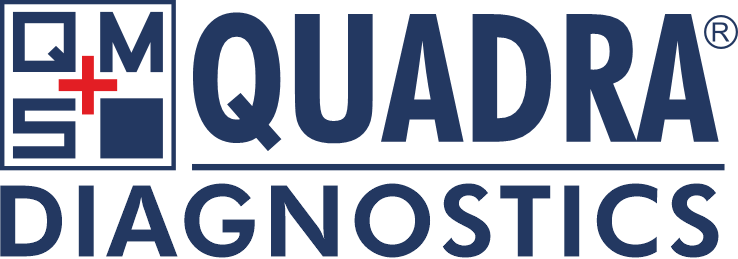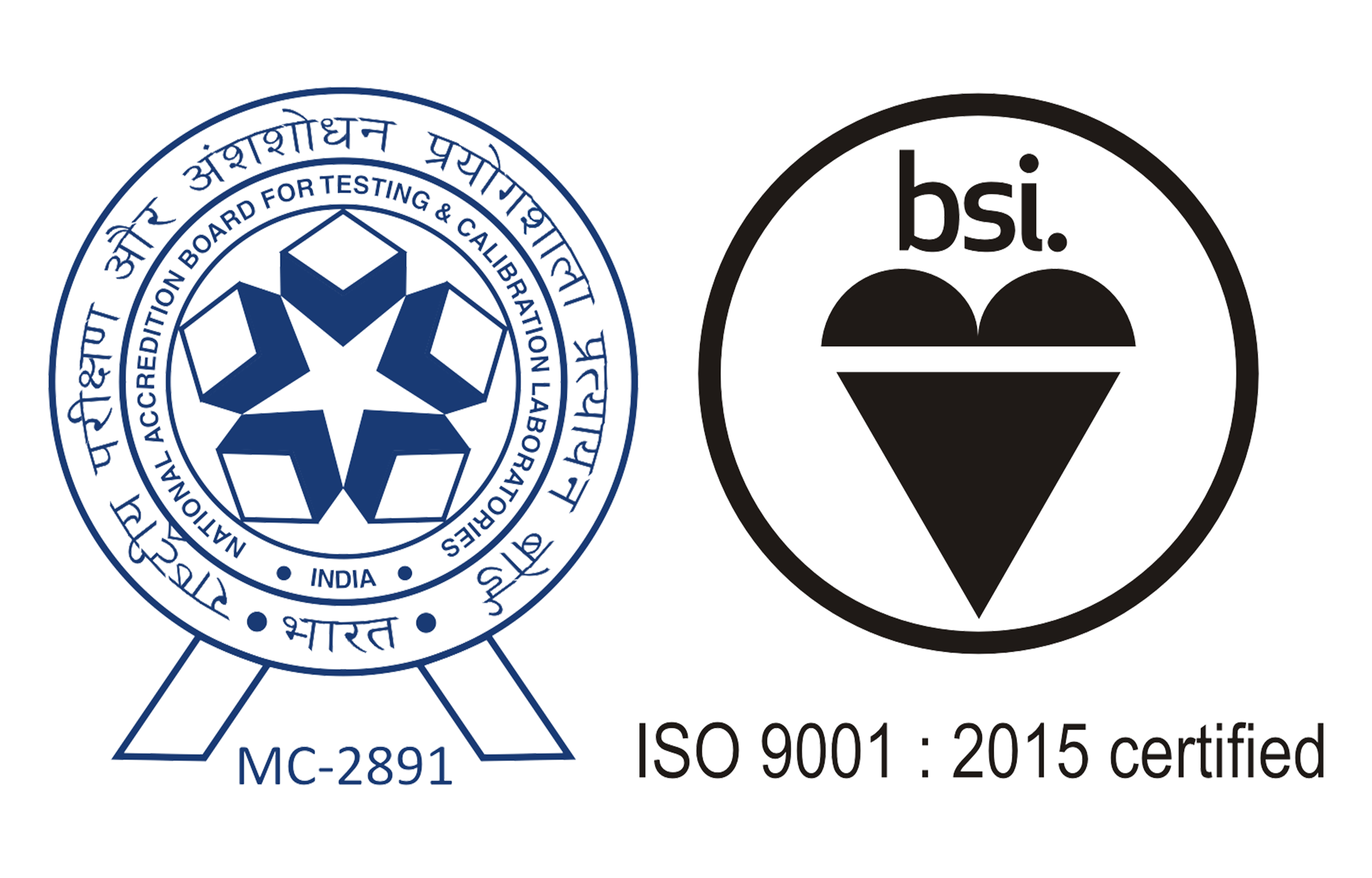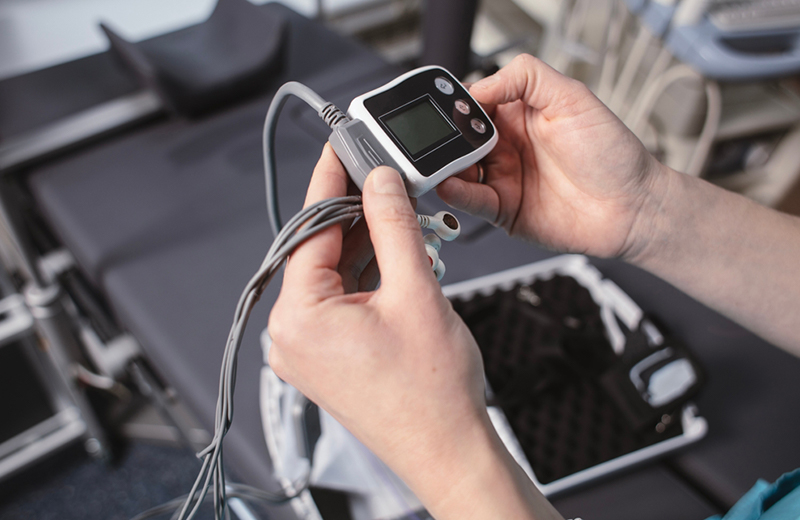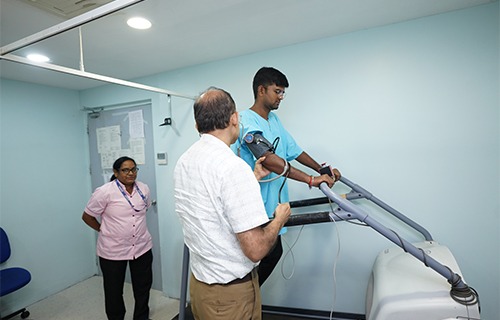
×


- Opening hour: Monday to Saturday - 8 am - 8 pm, Sunday - 8 am - 2 pm
- W.e.f. April 1, 2023 our investigation rates have changed. Please contact our front desk for details.
- Beware of false booking! We do not have registration with any online booking agencies. Any booking through any such agencies will stand cancelled and will not be entertained under any circumstances. Quadra will not be responsible for any transactions made through such agencies or websites.
- We do not accept international debit/credit cards. All domestic cards are accepted.


